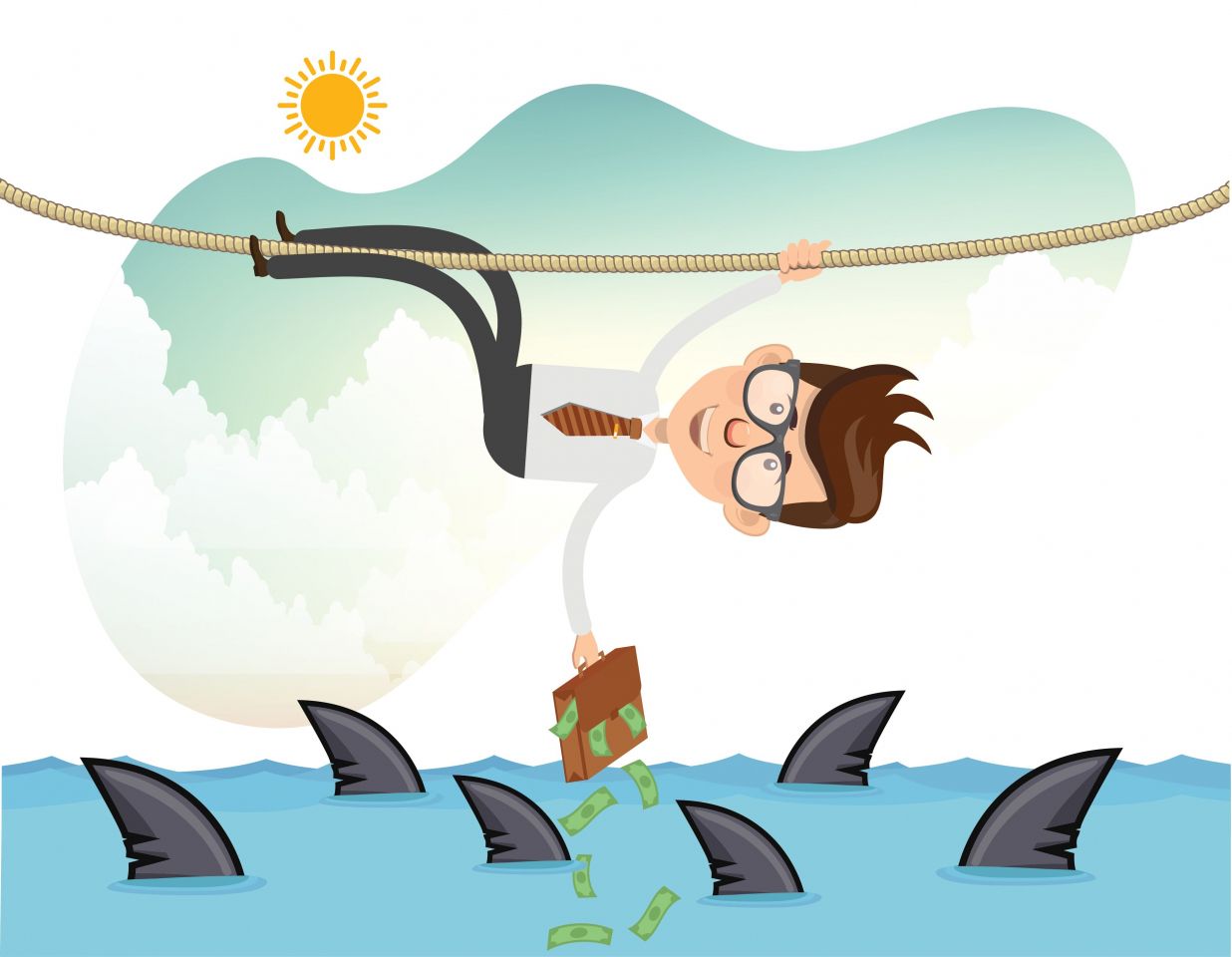What is margin at risk?

Margin at risk is used in financial portfolio risk management, and is a measure of the risk associated with achieving expected margins. It calculates the risk value, against which investors can deploy alternative investment strategies or financial risk management tools, like hedging, to compensate.
Where have you heard about margin at risk?
Margin at risk is a type of financial risk modelling – an econometric technique that looks at the risk to a portfolio. It's an extension of value at risk, which measures the risk of investments. You'll have used value at risk if you've ever worked out the amount of assets needed to cover a firm's losses.
What you need to know about margin at risk.
It is similar to value at risk, but instead of measuring how much value investments might lose, it measures the amount of margin that might not be realised if the commodity achieves only the lowest acceptable margin, rather than the highest/expected margin.
The margin at risk is derived from analysing the margin distribution at percentiles, and quantifies the ‘cost’ (in lost margin) of the ‘worst case’ margin call.
The idea is that a given portfolio loss will be compensated by a margin call by the same amount.
Find out more about margin at risk.
To learn about some other types of financial risk modelling, read our definitions of value at risk, profit at risk and liquidity at risk.